If industrial parks are considered the "iron fist" in budget collection, then industrial clusters (ICs) are the nucleus that creates economic resources for the locality. According to the IC development plan until 2020, with a vision to 2030, the whole province has 32 ICs in operation. Up to now, in addition to the 16 ICs that have been established, investors have proposed 30 new ICs to develop in order to implement the vision to 2050, integrating 50 ICs into the province's general planning. With a large number of ICs, if operated and exploited effectively, it will create a strong breakthrough in attracting resources for the locality.
Part I: Need to remove obstacles for CCN to meet the criteria
Looking from the reality of infrastructure construction
In recent years, although the province has paid attention to directing departments, branches and localities to build and organize the implementation of industrial park development plans; invest in technical infrastructure; issue mechanisms and policies for industrial park development; increase attraction of enterprises, production and business establishments... but the results have not met expectations, even some industrial parks have a "snail-like" growth rate.

Gate of Bich Chu traditional carpentry village - leading to An Tuong Industrial Park, Vinh Tuong district
Visiting Bich Chu village, An Tuong commune, Vinh Tuong district these days, we recorded the bustling atmosphere of production from house to street. Although they are carpenters, most households own tube houses, so they are very cramped. In order to make the most of the empty space, many households have to put their tools close to the door, even outside the gate to have room to work.

The village road is narrow, but has to "carry" many of the people's tools for their work.
The village road in Bich Chu village is already narrow, now it has to squeeze in more wooden products to make it messy. Tables, chairs and many pre-cut planks are placed close to the wall, stretching the path. Vehicles in the alley have to skillfully weave to avoid obstacles on the road...
Taking us to visit the carpentry families in Bich Chu village, the village cadre continuously told us about the hardships of the local people's lives as they have to endure the stuffiness and pollution every day. The tube houses are close together, with an area of only a few dozen square meters, both for living and working. Inside the houses, wood dust flies everywhere. Day and night, everyone always wears a mask on their face. In the families, the elderly and children are mostly "locked" in the living room or bedroom to minimize exposure to dust and smoke. The outside house is where the households put machinery and equipment for working.
When talking to reporters, many people expressed concern for their children’s health when they have to come into contact with a dusty, toxic environment every day. Currently, Bich Chu village has nearly 1,000 households, most of whom are carpenters. Through the development process, population and environmental pressure in the village has increased due to the situation of “narrow land, crowded people”.

An Tuong Industrial Park has not received infrastructure investment and is still abandoned farmland.
While people's lives are increasingly suffocating; there is a lack of space to disperse the population as well as develop production, for nearly 20 years, An Tuong Industrial Park has been "shelved". All efforts of the local government have only stopped at the detailed planning step at a scale of 1/500. From the "Carpentry Village" project (2005) to "An Tuong Carpentry Industrial Park" (2013) and up to now, the project has not been invested in infrastructure to come into operation.
The main reason is that An Tuong Industrial Park does not have an investor, leading to a lack of capital to build technical infrastructure. On the other hand, people have not reached a consensus on compensation and site clearance plans.
According to the report of the Ministry of Industry and Trade, by the end of December 2022, the whole province had established and assigned investors to build infrastructure for 16/32 industrial parks with an area of over 423 hectares, reaching 61.5% of the total planned area of industrial parks in the province.
Of the 16 new industrial parks, 6 have completed or basically completed investment in technical infrastructure construction; 3 industrial parks are constructing technical infrastructure (including Dong Van industrial park which has exceeded the completion deadline according to the establishment decision) and 7 industrial parks are carrying out investment preparation procedures.
The number of industrial parks currently carrying out investment preparation procedures are mostly newly established industrial parks, in the process of completing the 1/500 planning, establishing construction investment projects, and not yet meeting the land conditions to carry out compensation and site clearance work. Or there are difficulties in compensation and site clearance work; lack of capital mechanisms to carry out investment such as Tho Tang - Lung Hoa industrial park, An Tuong industrial park...
According to the assessment of the Industry and Trade sector, the progress of infrastructure construction in industrial parks is slow, most of which have to be adjusted and extended.
“Difficult to attract” secondary businesses?
According to the report of the Industry and Trade sector, out of 16 established industrial parks, 12 have attracted 642 production and business establishments, contributing to creating jobs for about 7,820 workers.
The above figures show the modesty in attracting investment, not commensurate with the development potential of industrial parks. At industrial parks, the low occupancy rate makes it difficult to create jobs, not generating revenue for the state budget.
For example, Ly Nhan Industrial Park, although established a long time ago, only has 28 establishments and businesses operating with an occupancy rate of over 38%; Dong Van Industrial Park has attracted 13 establishments and businesses, with an occupancy rate of 10%...

Minh Phuong craft village industrial park, Yen Lac district, has few businesses investing.
There is a paradox that, although they want to invest, many secondary enterprises cannot obtain construction permits due to the licensing mechanism and procedures. A typical example is the Minh Phuong Craft Village Industrial Park in Yen Lac District, which has basically completed its infrastructure (estimated at 75%), but only a few secondary enterprises have built factories and started operating. The remaining majority of the land area in the industrial park is vacant, with no enterprises investing.
According to the staff of the Economic Infrastructure Department of Yen Lac district, in fact, the land lots in Minh Phuong Industrial Park have been transferred to each other or leased by secondary enterprises, but they have not built factories because they do not have a construction permit.
According to regulations, secondary enterprises must be allocated land by investors and granted land use right certificates to be eligible for construction permits from competent authorities. This is also one of the shortcomings in industrial parks that has not been resolved by competent authorities, thus affecting the progress of investment attraction.
The slow implementation of infrastructure investment and attracting secondary businesses has led to the current situation of “slow-moving” industrial parks. This has prevented localities from generating budget revenue and has also caused many problems related to violations of construction and investment order and complicated land disputes.
Ha Tran
Source


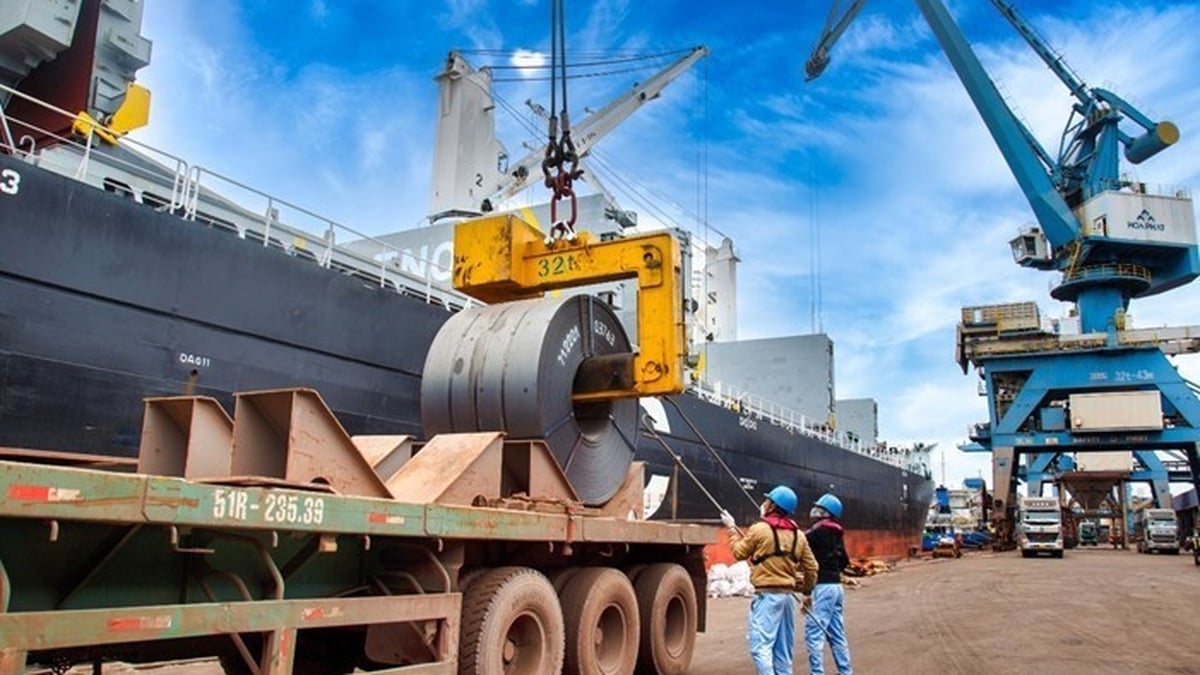







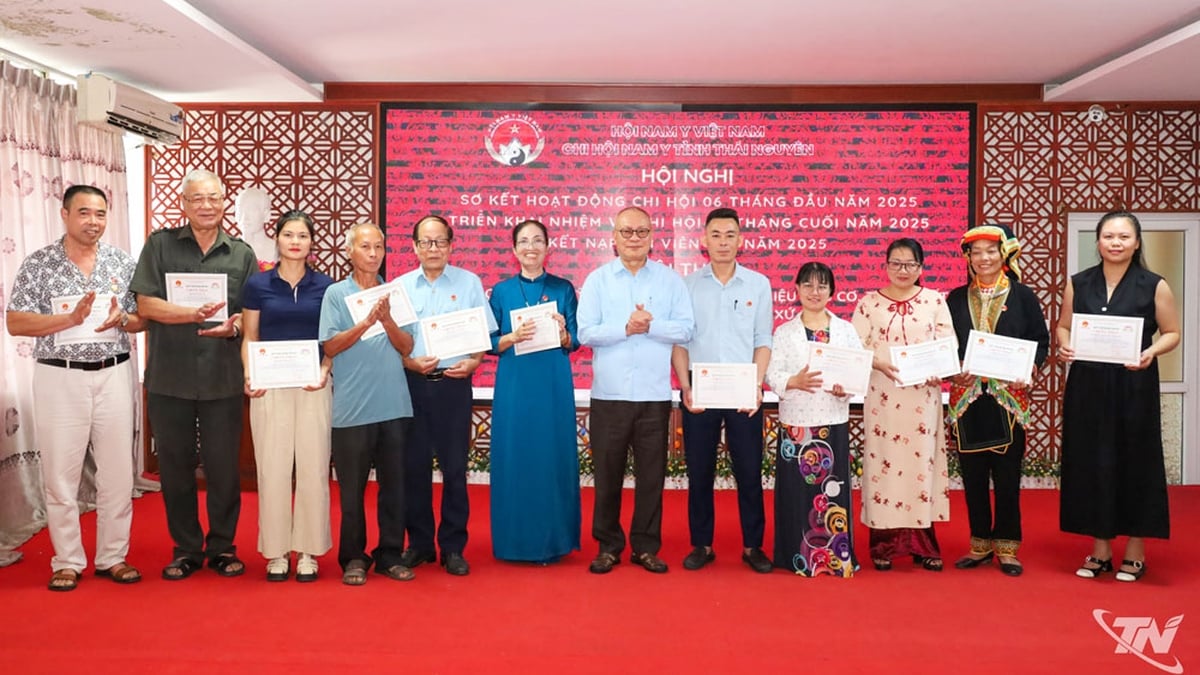
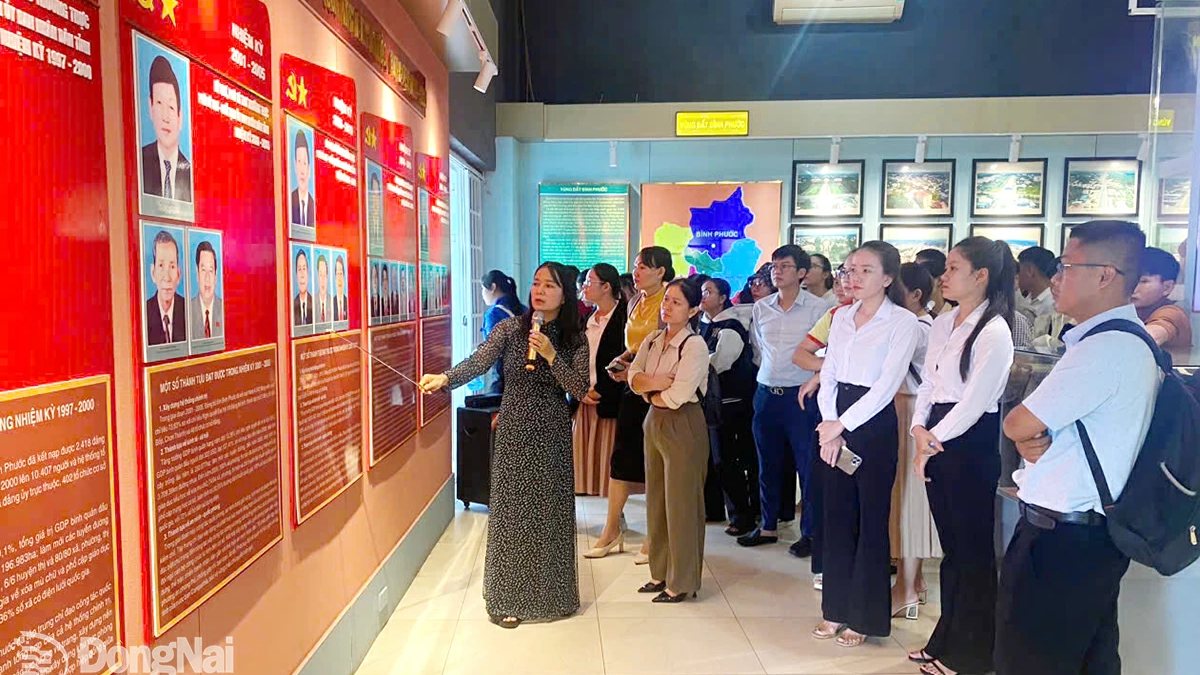














































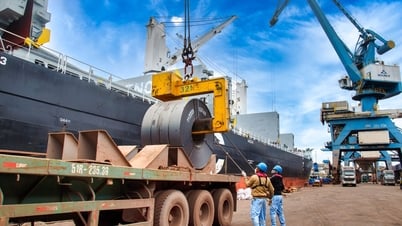


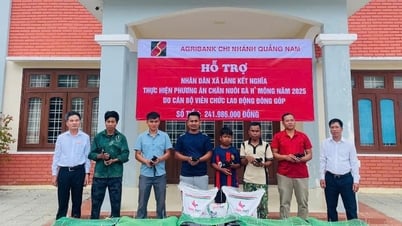






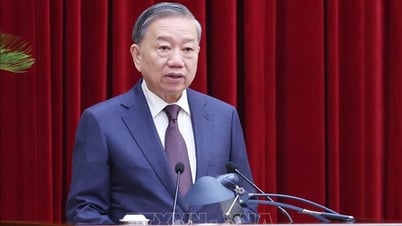









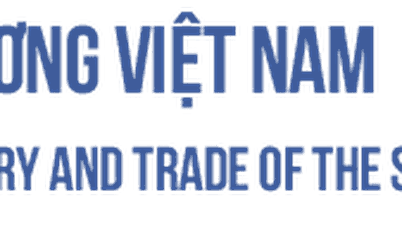

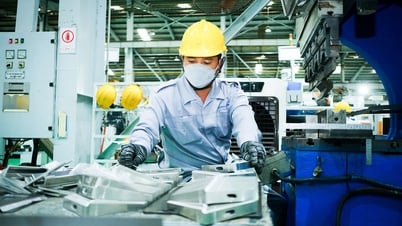
















![[Infographic] In 2025, 47 products will achieve national OCOP](https://vphoto.vietnam.vn/thumb/402x226/vietnam/resource/IMAGE/2025/7/16/5d672398b0744db3ab920e05db8e5b7d)





Comment (0)